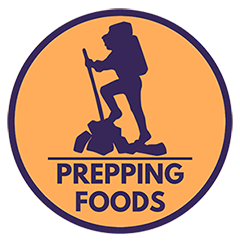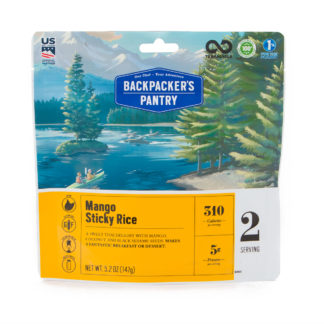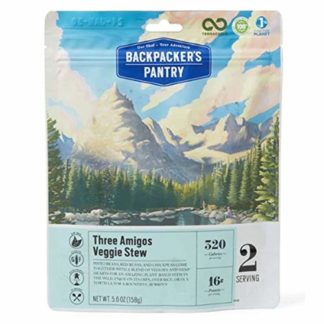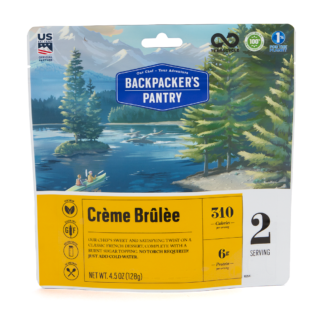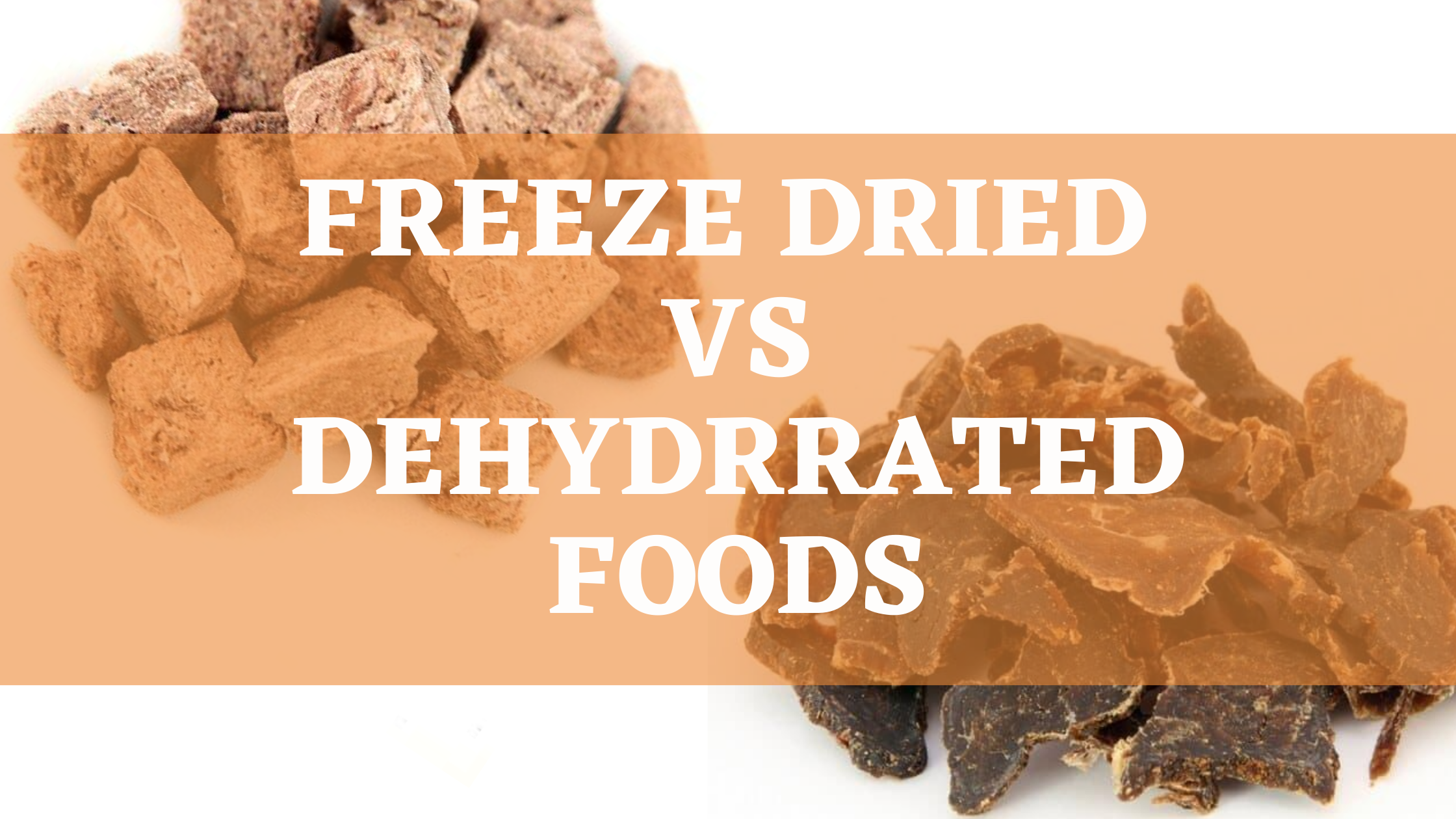
Food preservation is the art of retaining the longevity of food products until consumed. Two popular methods of food preservation are “dehydration” and “freeze drying”. One often makes the mistake of implying both the food preservation methods synonymously. However, freeze drying and dehydration are two unique and different food preservation methods used to extend the shelf life of food spanning decades.
This article explores the brief history of the two methods, their differences, their pros and cons, and presents a little FAQ section to help you understand better.
A Brief History
One of the oldest methods of food preservation is dehydration. Our prehistoric ancestors, dating back to 10,000 BC, used the natural sunlight to dry seeds and meat for years around consumption. Dehydration reduced moisture from the food and inhibited the growth of microorganisms. Food items like eggs, rice, fish, and meat were sun-dried and preserved through the process of dehydration as evident from evidence found in Japan, China, Italy and many other countries across continents.
Modern dehydration techniques were developed in France around 1795. Presently, there exists various dehydration equipment like vacuum dryers, kiln dryers, tunnel dryers, and cabinet dryers that allow foods to be dehydrated and preserved at home. Dehydrating can happen electronically through the use of above referred equipment or it can be natural such as drying seeds or meats under the sun.
Jacques-Arsene d’Arsonval invented the freeze-drying technique, technically known as lyophilization, in 1906 in Paris, France. It became immensely popular during World War II when a solution was needed to transport preserved blood serums which were otherwise getting spoiled by the time it reached the soldiers at the frontline. The technique was later applied to foods in the 1950s.
Freeze drying technique is widely used in the pharmaceuticals and the food industry. According to Mordor Intelligence, the freeze dried food industry is expected to reach $66.5 billion by 2021. The Asia Pacific and South America are the largest growing markets while North America has a 35% global share.
Freeze Dried vs Dehydrated Food: 5 Major Differences
There are five major differences between freeze dried and dehydrated foods:
1. Food Taste

The taste of the food is a strong determinant of our food choices. Some people prefer spicy foods while others enjoy a rather bland diet. Neither the freeze dried nor the dehydration process impacts the taste of the much significantly. However, given the nature of preservation techniques used, there might be a difference in the flavor of the food: one might seem richer than the other.
Food industry experts believe that since the freeze dried method uses minimal heat, the food retains its original taste to a large extent. The natural texture of the food is retained and the nutritional value remains intact. In comparison, the dehydration process uses a high heat percentage to remove moisture from the food which compromises the flavor, texture, and the original smell of the food. This is the reason why freeze dried foods are found to have better flavor as compared to the dehydrated foods.
2. Shelf Life
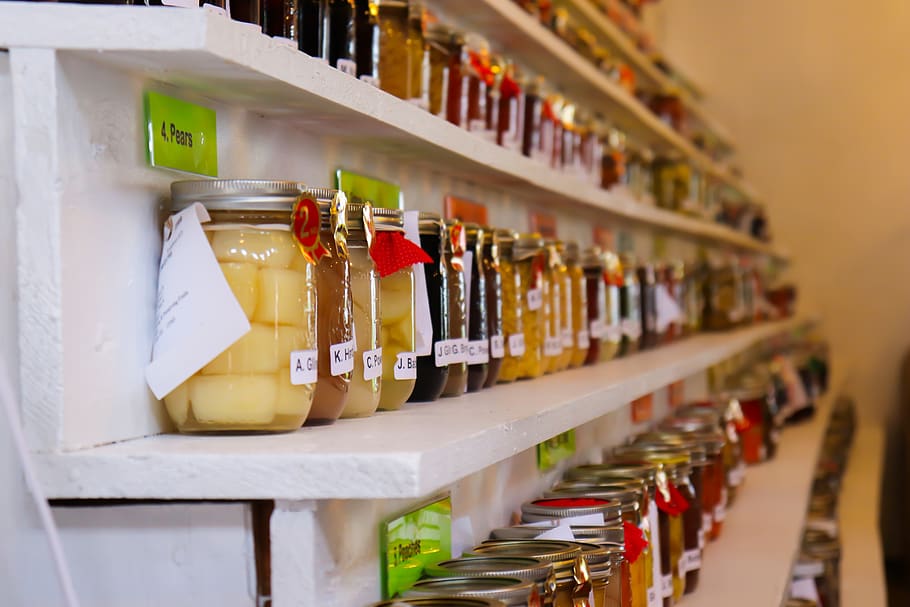
The shelf life of a food depends on its moisture content. Vegetables with higher water content such as spinach, cucumber, or gourds spoil easily whereas ginger and garlic does not. An increase in moisture reduces the shelf life of the fruit or vegetable. The primary governing principle involved in both the freeze drying and dehydration process is the controlled reduction of the moisture levels.
Home dehydration removes around 70% of the moisture which will increase the shelf life to around one year while the industrial dehydration process removes around 95% of the moisture content and increases the shelf life to around 15 years. In the freeze drying process, up to 99% of the moisture is eliminated which is why such foods can last for 25 years! The freeze drying method has been created for long term food storage. It successfully retains various vitamins and minerals, as per the American Institute of Cancer Research.
Both the freeze dried and dehydrated food should be stored in cool temperatures. A temperature of 70 degrees Fahrenheit is recommended by experts.
3. Cooking & Nutrition

The cooking or preparation time of freeze dried food is less than the dehydrated food. All you need to do is add the recommended level of water, heat it, and eat. All freeze dried foods are pre-cooked. Once heated, the natural flavor, taste, and nutrition of the food is back. In comparison, dehydrated food needs to be cooked after rehydration. The cooking time depends on the nature of the dehydrated food and it can have a significant impact on your work schedule.
As per experts, around 97% of the nutritional value is retained in freeze dried food while the dehydrated food retains around 60% of the original nutrients (source).
4. Weight & Storage
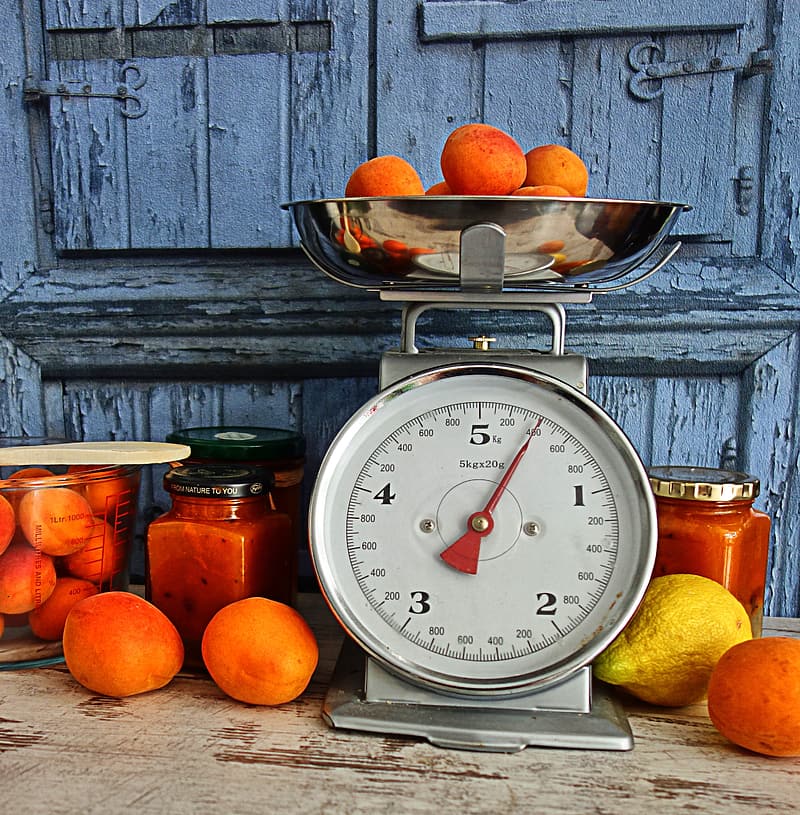
Food weight and storage are two critical factors when deciding between freeze dried food and dehydrated food. While either of the processes reduces the overall weight of the food due to the reduction in moisture content, however, compared to food dehydration, the freeze dried food is lighter, easier to store and carry anywhere.
For example, if you are trekking, hiking, or camping, you will need to carry food that does not take up too much space and is lighter in weight. All you need is enough water to rehydrate the food and consume. Freeze dried foods like fruits and vegetables require minimal water to become fit for consumption. In contrast, dehydrated foods are heavy and require a bigger storage space. Your preference between the two is dependent on your overall purpose.
5. Equipment
Freeze drying of food happens on an industrial scale. It requires advanced equipment and a complex process that cannot happen in home kitchens – the situation might change in the future though. Until then, you cannot freeze dry food at home and can only buy readied products from the market. The food is exposed to a low temperature of -40 degree Fahrenheit or lower, which creates a vacuum around the food as the temperature gets regulated, leading to the sublimation of the frozen water. Dehydration also happens on an industrial scale but there is equipment available for home use, as explained in the later part of the article.
Pros and Cons of Freeze Dried Food
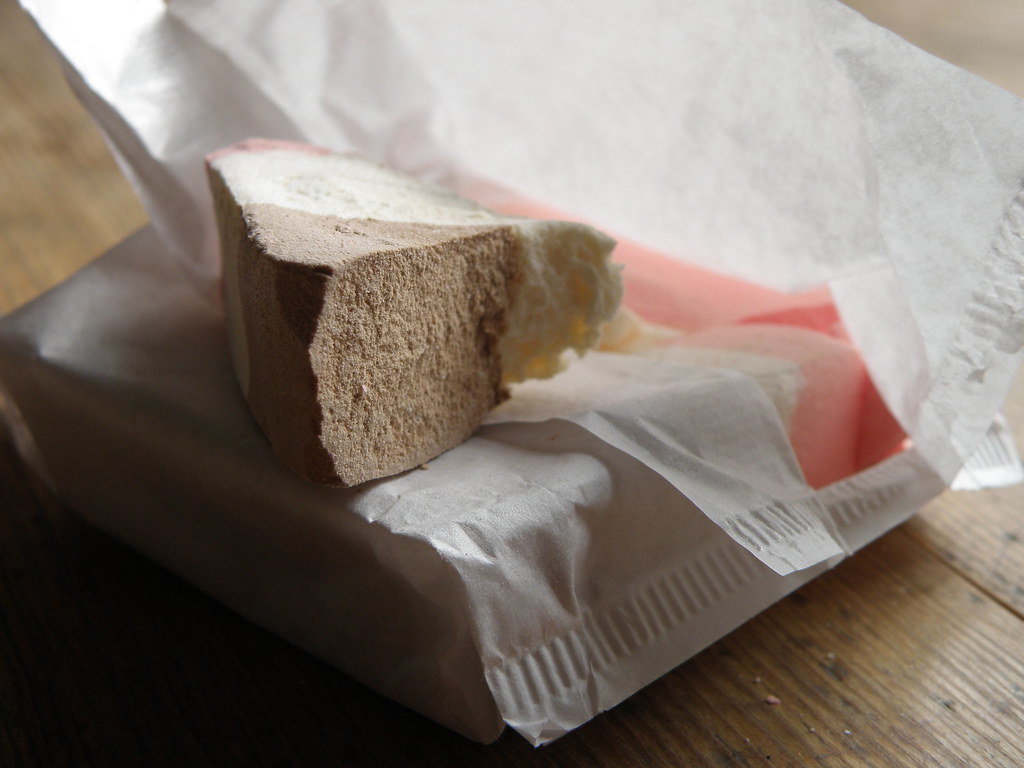
The major pros and cons of freeze dried food are explained below.
Pros
Affordability
Freeze dried foods or freeze dried desserts are affordable. It is produced in bulk and transportation costs less than transporting other fresh available foods like fish or meat. They are packaged neatly and can be bought off-the-shelf from any departmental store.
Lightweight and Portable
The freeze drying process is such that it reduces the weight of the food, which makes it light and portable. It can be stored anywhere within airtight containers. Storing large amounts of freeze dried food would not make the storage bulky.
Nutritional
The freeze dried food retains its nutritional value – its quality, shape, size, and taste never gets reduced after going through the freeze drying process. Warming or directly eating freeze dried food will have the same taste and quality as the freshly made food.
Long Shelf Life
Freeze dried foods are extremely helpful in emergency situations as it has a longer shelf life. It can last months and years without refrigeration. For example, freeze dried foods are sent for astronauts living at the International Space Station (ISS).
Consuming freeze dried food requires rehydration of the food and it is not always necessary to cook it before consumption.
Cons
Some freeze dried foods are costly particularly because of the method and equipment used in producing it. However, if you want to depend on freeze dried foods for the long-term, chalk up a manageable budget and buy in bulk as it proves to be cheaper. Since freeze dried foods are edible for years to come, they can be stored easily without any fear of long-term spoilage.
Pros and Cons of Dehydrated Food
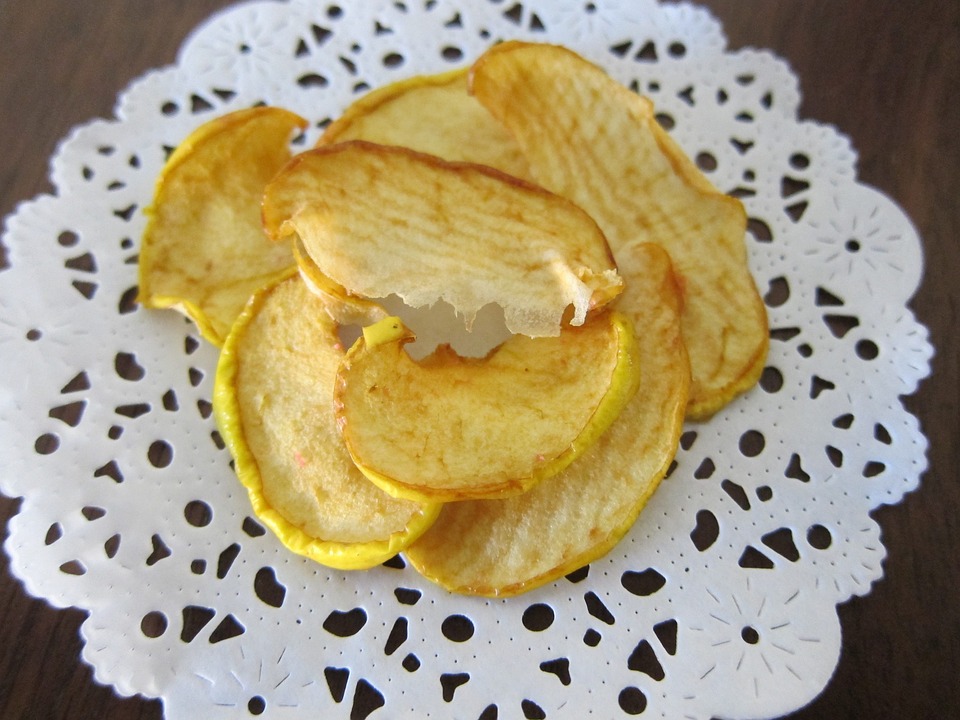
The major pros and cons of dehydrated food are explained below.
Pros
One-Time Expense
There are various kinds of dehydration equipment that can be purchased and installed in your home kitchen. With proper handling and management, these equipment can last for years and thus, it is a one-time expense. All you need to do is purchase fresh food and then dehydrate it at home. It saves a lot of money in the long-run. Buying dehydrated foods directly from the grocery store regularly will prove to be a costly activity.
Waste Reduction
The food dehydration process helps to reduce kitchen waste. It has been seen that around 40% of foods purchased by families are wasted. For example, overripe fruits are often thrown in the dustbin. Instead, you can put it in the dehydrator to control spoilage and store it for later consumption. The same works for leftover foods that can be dehydrated and consumed at a later date.
Retains Taste
Dehydrated foods retain the exact taste and texture of the food. For example, dehydrated corn tastes amazing when roasted, right? It assumes its fresh nature again when cooked and tastes delicious. It retains its nutritional value as well. Dehydration techniques are akin to natural preservation of foods as our ancestors did. Air drying or sun drying foods retain their natural element.
Cons
Preservatives
While the dehydrated foods bought from the grocery have a higher shelf life, remember that the reason is the addition of preservatives that might be harmful to the health. Preservatives, which are often chemicals, successfully prolong the life of the food but it can also change the composition of food.
For example, dehydrated bananas or berries may not be good for your health because a high amount of sugar is added as a preservative. High sugar consumption is often harmful for your health. This is the reason why home dehydration and preservation of food is recommended as you can control the process.
High Calorie Intake
Dehydrated food sees an increase in calorie count as compared to fresh food. The reduction in water content during the dehydration process increases the calorie content in the food, which can often trigger gain in body weight. To state an example for better understanding, a cup of fresh apples has 57 calories and a cup of dehydrated apples has 208 calories. If you are dieting, rethink before opting for consumption of any kind of dehydrated food purchased from grocery stores.
A Short FAQ
Is freeze dried and dehydrated food safe for consumption?
Yes, both the freeze dried and dehydrated food is safe for consumption. Both the methods reduce the moisture content from the food to prevent the growth of microorganisms.
Is freeze dried and dehydrated food nutritious?
Yes, they are. Freeze dried food retains higher nutritional value due to the method used in storing the food.
How are freeze dried and dehydrated food stored?
Both the freeze dried and dehydrated food should be stored in airtight containers to prevent the growth of moisture from the air. The airtight containers can be purchased from retail stores at an affordable price.
Are freeze dried and dehydrated foods recommended for kids?
Kids should consume freeze dried and dehydrated food in moderation; freshly made food is recommended and preferred. However, such preserved vegan freeze dried foods retain their nutritional value; therefore, even kids can consume them.
From where can freeze dried and dehydrated food be purchased?
Since freeze drying is a complex process that requires high-end machines, they are best purchased from retail outlets, grocery stores or online freeze dried food stores where they are preserved at the right cooling temperature. The dehydration process can happen at home too if the proper method is followed.
Conclusion Both freeze dried and dehydration are preferred methods of food preservation. They have their own pros and cons. Choose either one based on your food preferences and requirements. If you want to start exploring food preservation, try dehydrating foods in your home kitchen. Taste few freeze dried food products to understand the differences between the two.
